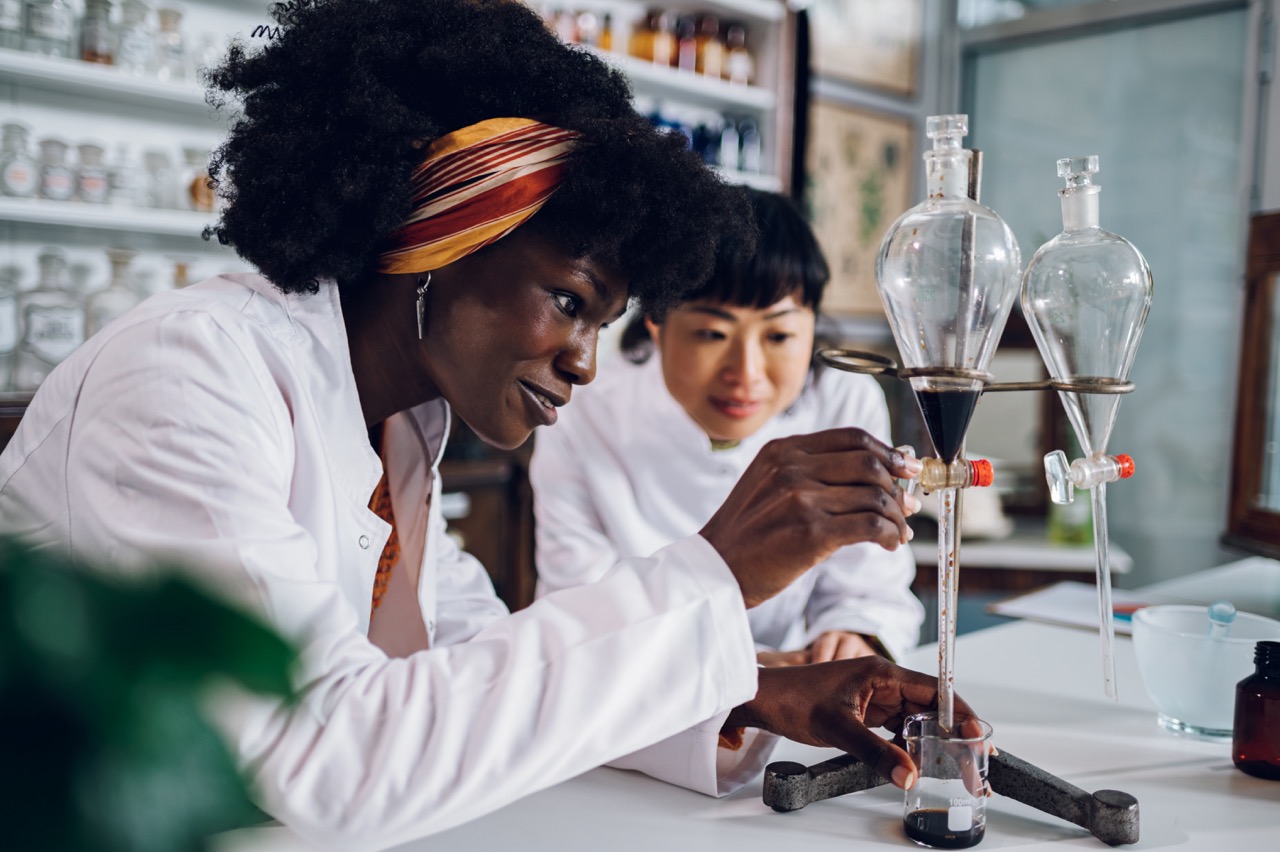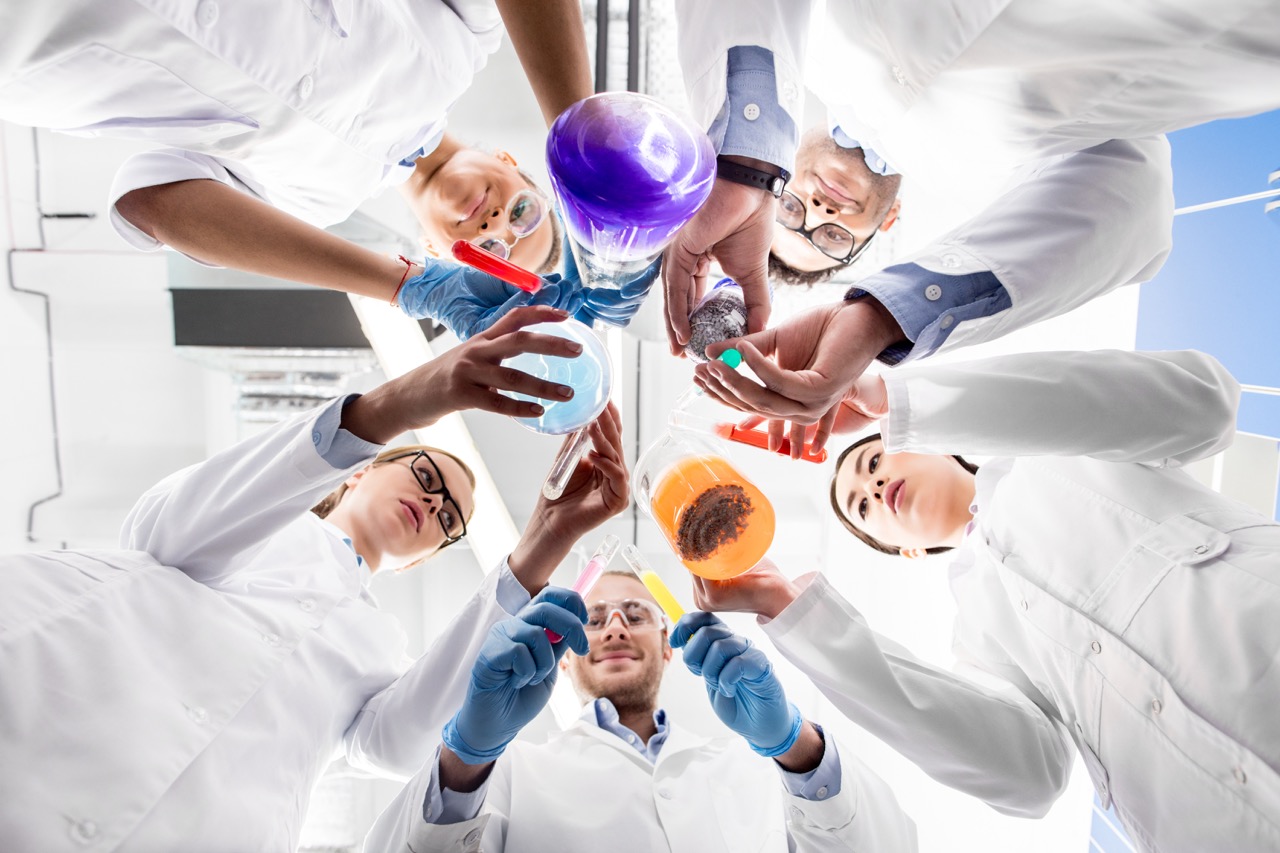Carolyn R. Bertozzi, a prominent figure in the field of chemistry, has made significant strides in the area of drug delivery through her innovative laboratory work. Her research focuses primarily on glycochemistry and bioorthogonal chemistry, which have transformed how therapeutic agents are targeted and delivered within the body. This article explores Bertozzi’s key contributions to drug delivery techniques, the innovations her lab has brought to the forefront, the role of glycochemistry in enhancing drug delivery systems, and the future directions inspired by her pioneering work.
Overview of Carolyn R. Bertozzi’s Research Contributions
Carolyn R. Bertozzi has emerged as a leading scientist in the realm of chemical biology, with her work at the intersection of chemistry and medicine. Her research has primarily centered on understanding the role of carbohydrates in biological processes, leading to significant insights into how these molecules interact with proteins and cells. By employing her expertise in glycochemistry, Bertozzi has been able to elucidate mechanisms that govern cellular communication, paving the way for more effective therapeutic strategies.
Bertozzi’s lab has been instrumental in developing new methodologies that facilitate the labeling and studying of biomolecules in living systems. Notably, her contributions to the field of bioorthogonal chemistry have introduced reactions that occur selectively in live cells without interference from biological molecules. This groundbreaking work has enabled scientists to visualize and manipulate cellular processes in real time, creating opportunities for targeted drug delivery that were previously unattainable.
The impact of Bertozzi’s research extends beyond fundamental science; it has practical implications in the design of next-generation drug delivery systems. By integrating her findings into collaborative efforts with pharmaceutical companies, her lab has influenced the development of novel therapeutics aimed at diseases that were once considered difficult to treat. As a result, Bertozzi’s contributions represent a convergence of academic research and applied science, illustrating the potential for chemistry to solve pressing health challenges.
Key Innovations in Drug Delivery from Bertozzi’s Lab
One of the most notable innovations from Bertozzi’s lab is the development of bioorthogonal reactions that enable the selective tagging of drugs for precise delivery. These reactions allow for the attachment of therapeutic agents to specific biomolecules within cells, ensuring that drugs reach their intended targets while minimizing side effects. This approach has been particularly beneficial in cancer therapy, where localized drug delivery can drastically enhance treatment efficacy.
Additionally, Bertozzi has explored the use of glycan-targeting techniques to improve drug delivery systems. By designing molecules that selectively bind to specific carbohydrate structures on cell surfaces, her lab has created strategies for enhancing the uptake of drugs by target cells. These glycan-targeted delivery systems are especially promising for addressing complex diseases, as they allow for the precise modulation of therapeutic activity based on the unique glycan profiles of individual patients.
Furthermore, the research in Bertozzi’s lab has led to advances in the field of nanoparticle-based drug delivery. By utilizing nanoparticles that are functionalized with bioorthogonal handles, her team has achieved targeted delivery of chemotherapeutics, reducing systemic toxicity and improving therapeutic outcomes. This innovative approach emphasizes the potential of nanoscale technologies in revolutionizing drug delivery, making treatments more effective while minimizing adverse effects.
Impact of Glycochemistry on Targeted Drug Delivery
Glycochemistry plays a pivotal role in the development of targeted drug delivery systems, and Bertozzi’s research has been at the forefront of this intersection. Carbohydrates are integral to many biological processes, including cell signaling, immunity, and pathogen recognition. By harnessing the unique properties of glycans, Bertozzi’s lab has been able to devise strategies that exploit these naturally occurring molecules for better therapeutic targeting.
The lab’s focus on glycan recognition has enabled the creation of therapeutics that can selectively bind to specific cell types based on their carbohydrate signatures. This specificity is particularly beneficial in oncology, where tumors often exhibit altered glycan expressions compared to normal tissues. By delivering drugs that utilize these glycan interactions, Bertozzi’s work has the potential to increase the precision of cancer therapies and reduce off-target effects, improving patient outcomes.
Moreover, the impact of glycochemistry extends to the design of vaccines and immunotherapies. Bertozzi’s insights into glycan structures have informed the engineering of vaccine components that can elicit robust immune responses. By strategically incorporating glycans into vaccine designs, her lab has contributed to the development of more effective immunization strategies, illustrating the broad applicability of glycochemistry in enhancing drug delivery systems across various therapeutic areas.
Future Directions in Drug Delivery Inspired by Bertozzi’s Work
Looking ahead, Bertozzi’s research foreshadows exciting advancements in drug delivery techniques. One promising direction is the continued exploration of bioorthogonal chemistry for the development of smarter therapeutic agents. As the field evolves, the integration of machine learning and artificial intelligence may facilitate the design of novel bioorthogonal reactions that are even more selective and efficient, potentially revolutionizing how drugs are delivered in clinical settings.
Another area of interest lies in the combination of glycan-targeted delivery systems with emerging technologies such as CRISPR and gene therapies. By utilizing the insights gained from glycochemistry, future therapies may be able to achieve highly specific delivery of genetic materials to target cells, enabling precise modulation of gene expression for various diseases. Bertozzi’s groundwork in this area sets a strong foundation for future research aimed at harnessing the power of genetic interventions.
Additionally, the potential for personalized medicine draws heavily from Bertozzi’s advancements in glycochemistry and targeted delivery. As researchers continue to identify individual glycan signatures associated with different diseases, there is scope for developing tailored therapeutic strategies. This personalized approach could lead to treatments that are not only more effective but also have fewer side effects, further underscoring the significance of Bertozzi’s contributions to the future of drug delivery.
Carolyn R. Bertozzi’s remarkable contributions to drug delivery techniques have set new standards in the field of chemistry and medicine. By harnessing the power of glycochemistry and bioorthogonal reactions, her lab has pioneered innovative methods that promise to revolutionize how drugs are targeted and delivered within the body. As research continues to build on her findings, the future of drug delivery holds great promise, with exciting developments that could transform the landscape of therapeutic interventions and personalized medicine. Bertozzi’s work not only exemplifies the synergy between fundamental research and its real-world applications but also highlights the importance of interdisciplinary approaches in addressing complex health challenges.










